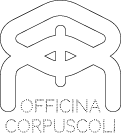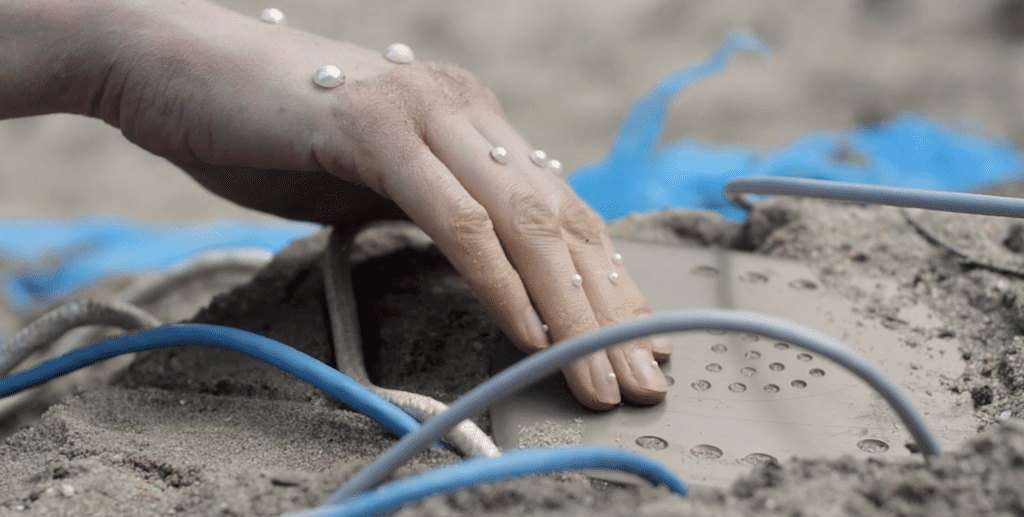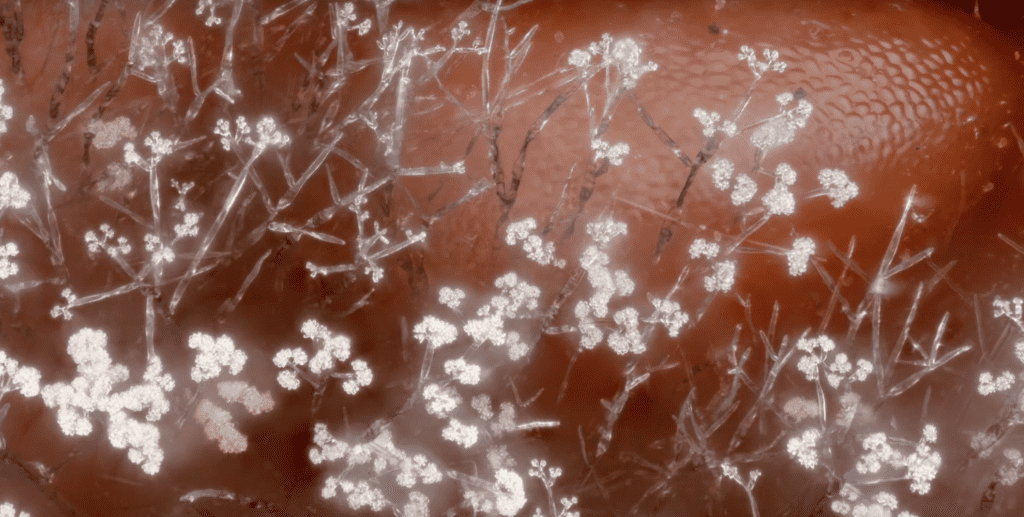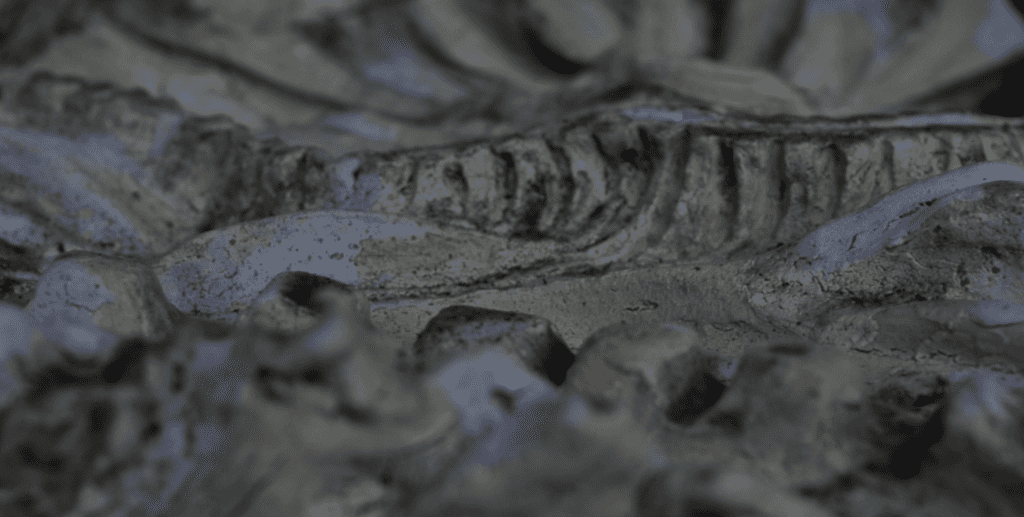Pandora’s Box

They continued pecking at mere dust; they could not see the destruction that the Invisible Beasts had wrought upon them. They could not notice the disappearance of the other creatures who had lived among them; they could not see the waters dry up, nor the blackened air. The sicker they became, the more stubborn it seemed was their will to unsee that the they were dying.
Pandora’s Box is an instalment of the Synthetic Times series: a collaborative and iterative design project that critiques and reimagines human and non-human timescales in relation to past, contemporary, and future technologies.
As part of the Pandora’s Box iteration, Synthetic Times invites the active participant to “open the box” in order to discover a mixture of complex temporalities and mythologies that evoke fascination, wonder, dread, and hope.
To explore this mythical space , the installation invites active participants to engage in a speculative archeology. Through mythical fabulation and physical engagement, participants are asked to investigate how their actions may not only bring about their own extinction but also pave the way for the emergence of a new species, a new and unknown form of sentience, that may one day inquire into its ancestral origins: namely, humans.
Pandora’s Box anchors this examination in a mythological retelling of the past and future of human mastery and domination of the material world through its hands and arms. As part of this context, the human limbs are conceived as technologies that allow humans to grasp, engineer, and transform the world.
Hence, the “arm-hand” is conceived as an entangled physical and symbolic system that enacts strength, dominance, and efficiency. It is a technology that enables Anthropos to at once grasp (physically and intellectually) and make use of the world for its own purposes. This embodied technics makes it possible for humans to design the world in their own image.
To this end, the installation features a variety of playful and interactive components. Each of them invites the participant to explore different mythical frames for how hands, arms, and technologies collide in human history. A combination of walking, grasping (with the hands), and pulling (with the arms) propels parts of the installation, triggering the participant into a literal self-reflection, expressing the way in which humans have historically regarded the material world as “standing reserve” for their own use and disposal.

Through such actions, the living and the non-living, the biological and the synthetic, are combined to create something new. Thus, while the participant “works out” her own way through the exhhibit to turn the wheel, she gazes at her distorted image and unwittingly produces a dangerous and toxic recipe. Hence, the interactive components express how human ingenuity and design engender a technologically engineered material world that is a distorted reflection of human desire. And this distortion will prove to be suicidal.
Featuring interactive components as well as audio and video narratives, the mythical space of the installation does not end with bitter warnings and finger wagging, the all-too-familiar rhetorical frame for the so-called Anthropocene. Instead, there is a kind of perverse hope that pervades the work and is exemplified by the haunting audio, which presumably originates from an unknown, future species who tells the story of its own origin: the cunning and destructive force of human “handiwork.” The human participant is thus invited to listen and experience the mythical retelling fabricated by the species-to-come. A retelling that defies standard genre conceits, since it is experienced as simultaneously etiological (myth of origin) and eschatological (myth of finality). This blending of mythical genres creates a temporal complexity that does not resolve neatly into linear timelines: the human event is experienced as both an ending and a beginning at the same time.
The physical space of the exhibition is designed to reflect this temporal complexity, as if the installation were the physical manifestation of the myth. The playful and even whimsical layout encourages participants to see themselves, indeed their own history of “handiwork,” from the perspective of what is not human. And yet, this is a non-human perspective that humans have had an essential hand in designing. For this reason, humans are able to faintly recognize themselves in this future: a mutant species whose nervous system is at least as complex as the human’s, but is located primarily in its arms and hands, and not its brain.
This (cephalopodic) distribution of hand-arm intelligence is reflected in every aspect of the installation, and it is by means of it that humans are invited to mythically reframe human history, to pause, and think on that.
More information about Pandora’s Box can be found on the Neuhaus website.
Also, you can download here a PDF, including Pandora’s Box narrative and extended information.
———
Concept and development
Maurizio Montalti (Officina Corpuscoli), Conny Groenewegen (Fashion Machine), Adam Nocek & Stacey Moran (Center for Philosophical Technologies)
Project management
Babette Zijlstra ,Charlotte Corstanje
Video Work
Wim van Egmond, Hanne Valle
Financial support
Het Nieuwe Instituut, Center for Philosophical Technologies at Arizona State University
With thanks to
Mediamatic, Hanna Valle, Wim van Egmond, Guus Beumer, Flora van Gaalen, Babette Zijlstra, Lea Berner, Peter Betner, Hendrik-Jan Hunneman, Hans Jansen, Bouwko Landstra and his extraordinary team, Manon Bachelier, Frans-Pieter Vonk, Wieland Textiles, Verbruggen Paddestoelen BV… and the enthusiasm and support of all volunteers and everyone else that we should have mentioned.




